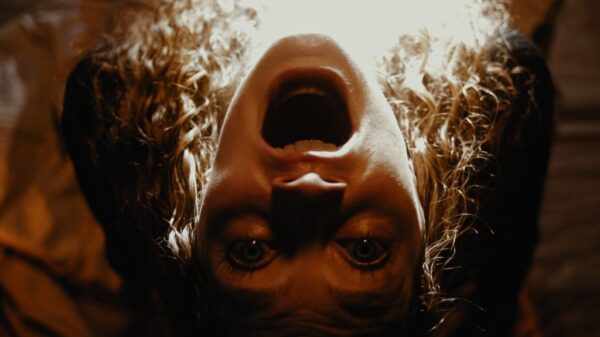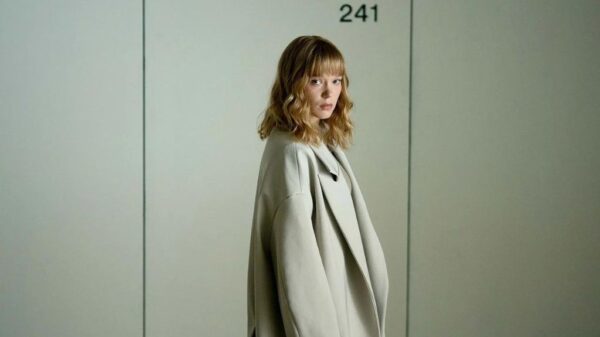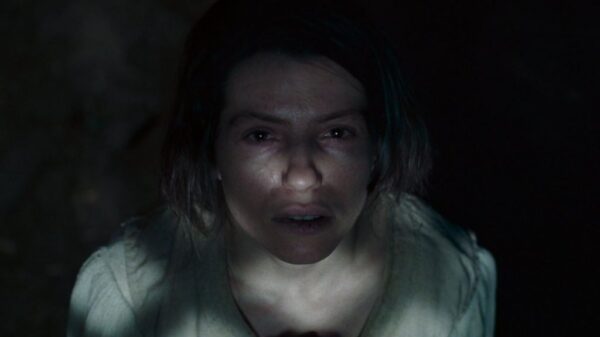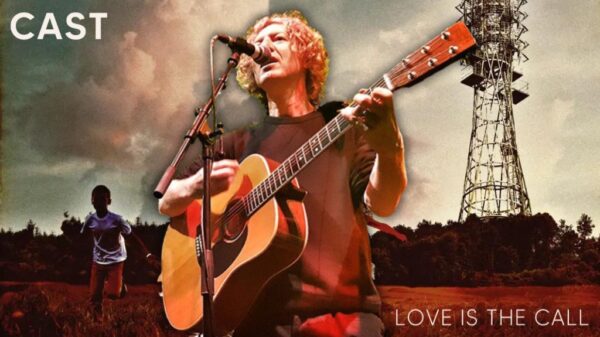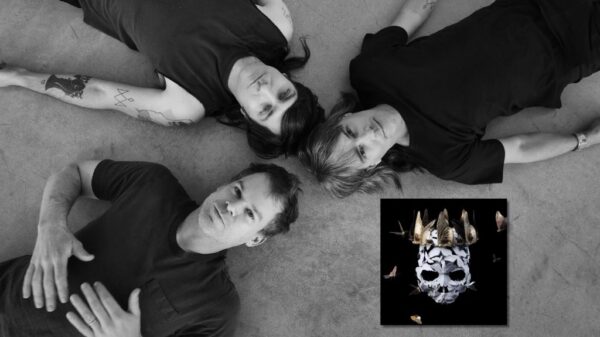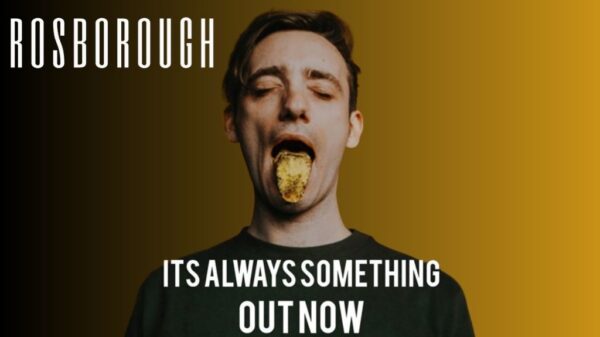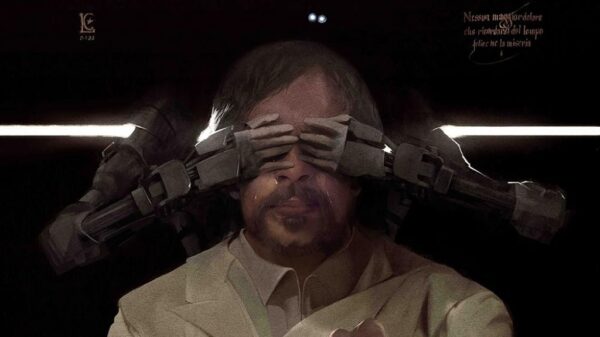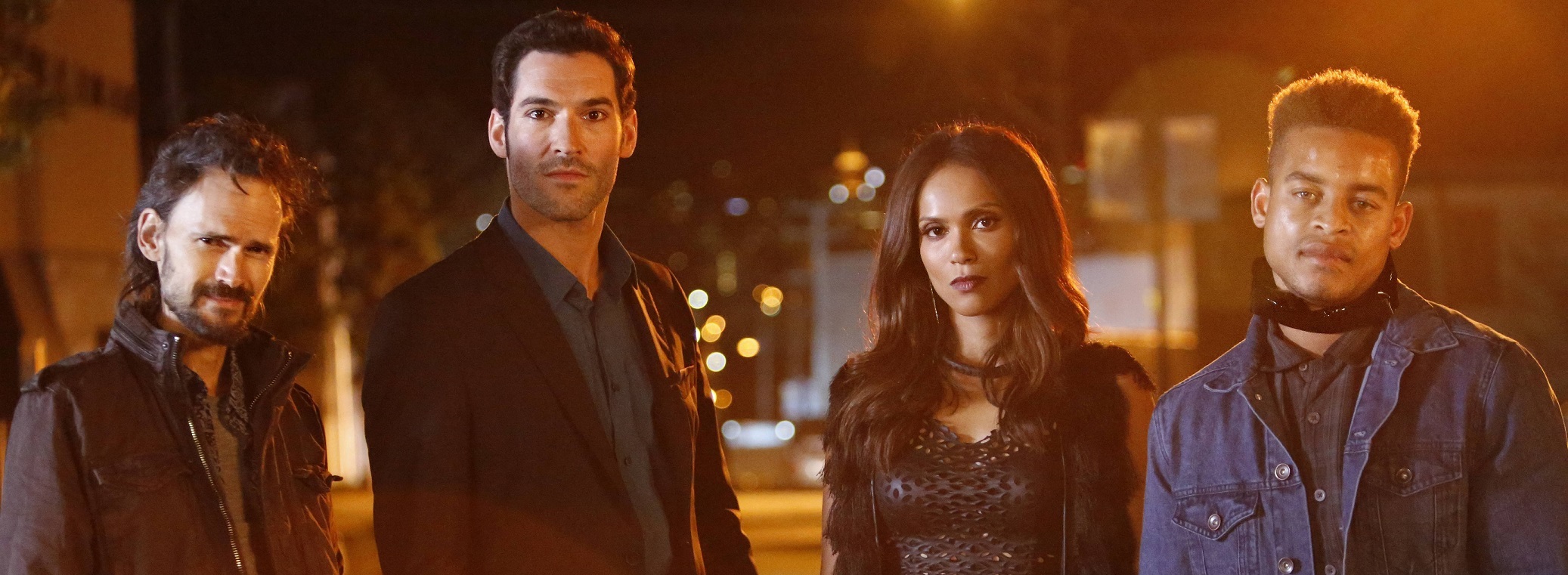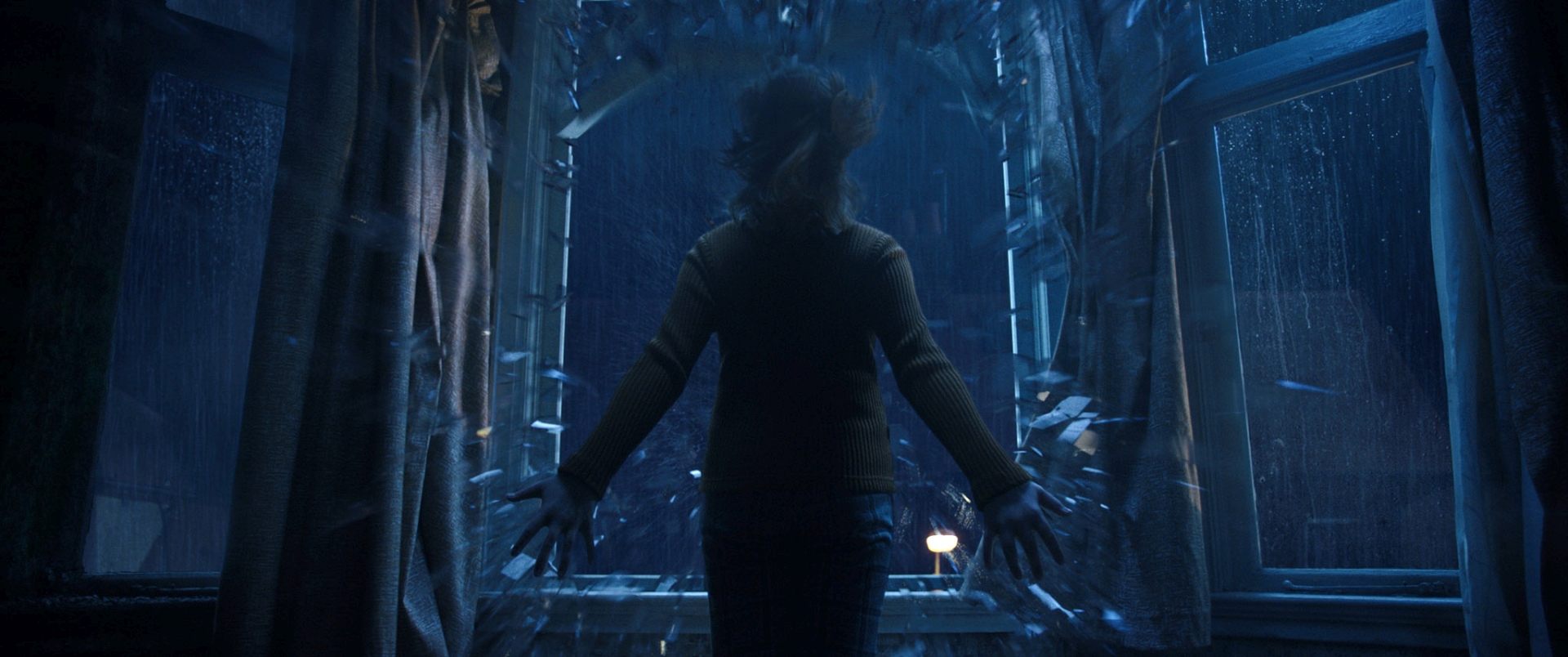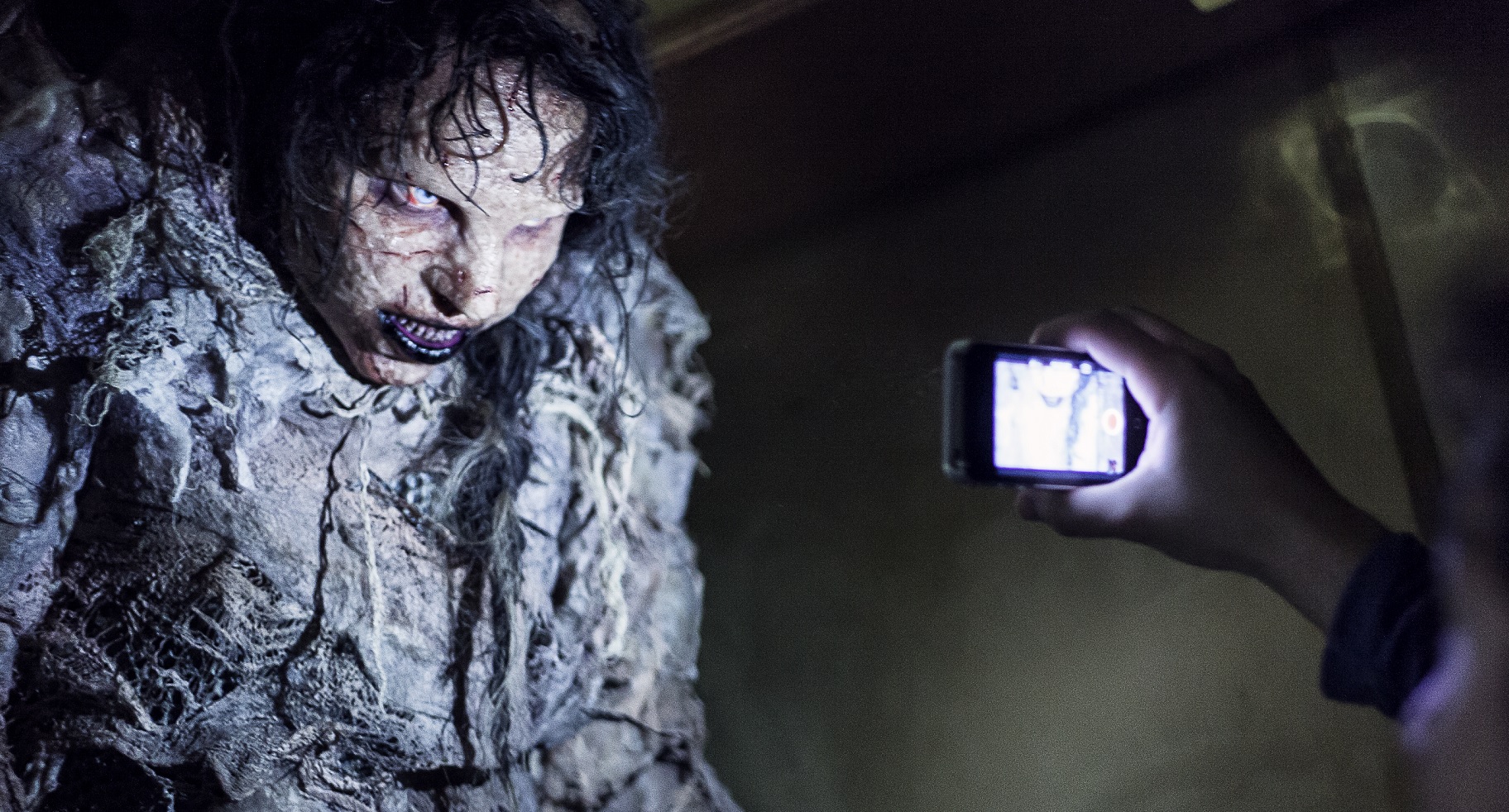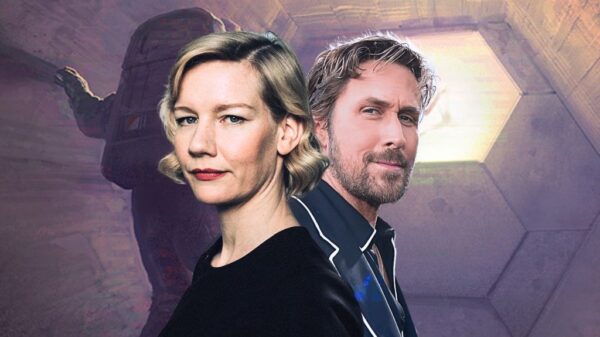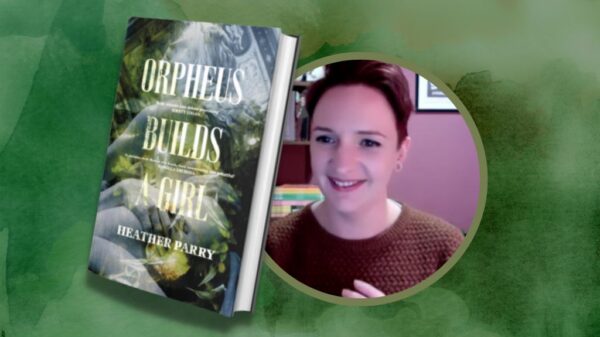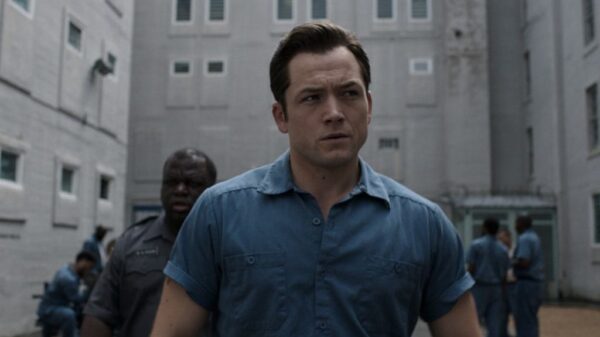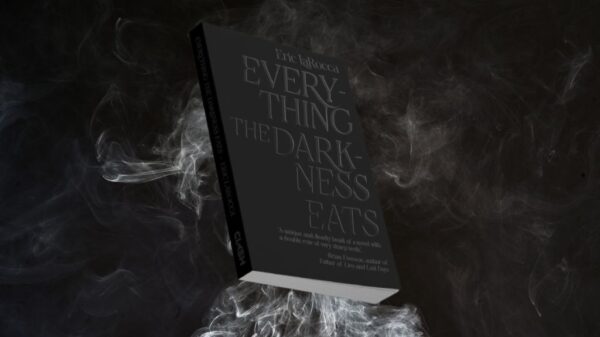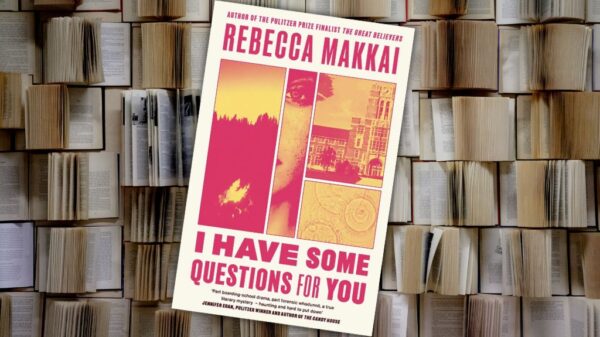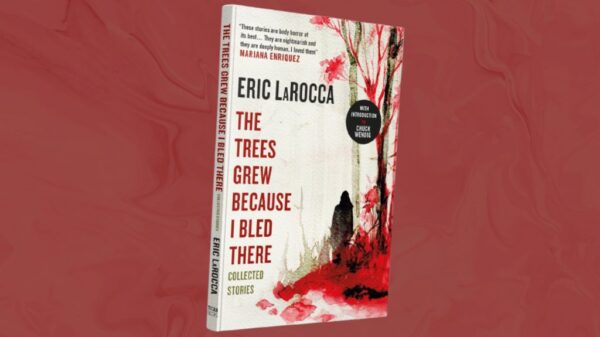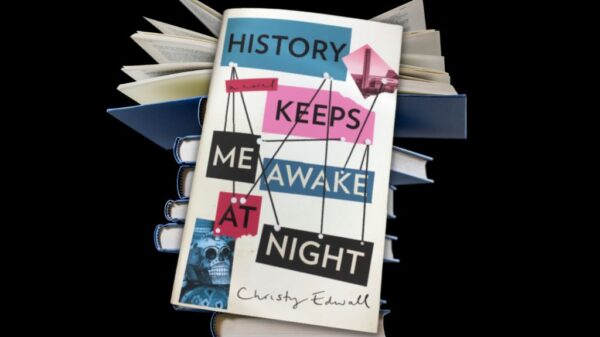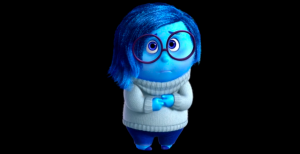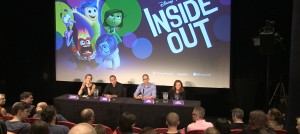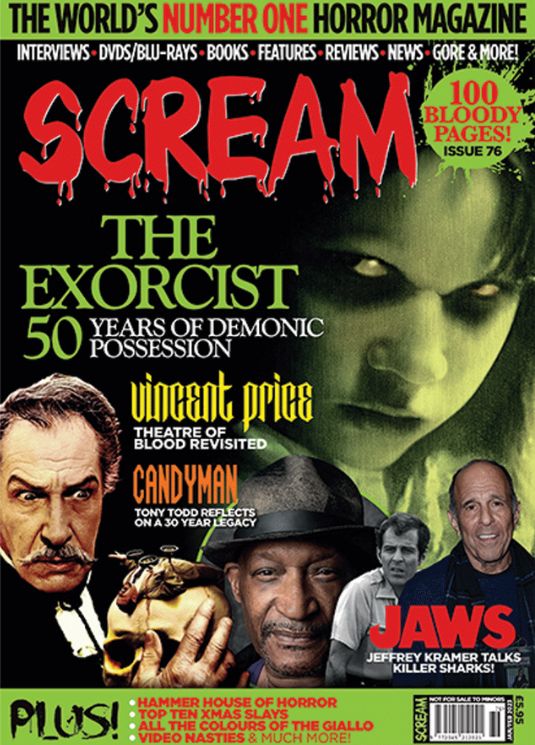How are you feeling today? Joy? Sadness? Fear?
Well, as the sun shone on London this weekend, all the emotions mixed into one for the UK release of Inside Out. The movie has already made waves across America and film festivals including a twelve minute standing ovation at the elusive Cannes. The latest from Disney’s Pixar comes with furore and unparalleled acclaim that has rejuvenated the troubled studio who’s latest ventures were lacklustre. With the return of them on form, it’s time for London to celebrate our emotions as star Amy Poehler, director Pete Docter and producer Jonas Rivera gathered in the Soho Hotel to talk all things Inside Out.
For those who don’t know what the lest venture for Pixar sees Poehler as Joy, the epitomes emotion in young 11 year old Riley’s head who has to manage the likes of Fear, Disgust, Anger, and the energy sucking Sadness. Alarmed when the blue feeling creates a core memory, Joy is accidentally thrown from the brain centre alongside Sadness. The pair have to race against time before Riley loses herself forever.
Settling down for the press conference, after there was fun with photos and a lot of chat between journalists about what emotion they’d be (and how this ranks on the Pixar list), there was excitement in the air as Rivera, Docter and Poehler sat down to talk about the upcoming family film. “We went for this period in time as it’s on the cusp of a very important change,” says Doctor of his emotion based film which sees an 11 year old girl as the hub of an emotional and physical shift. “It was something I observed in my own daughter growing up and definitely something I experienced myself. There’s a happy bubble around you and we had to deal with the loss of that. It felt like something that was important to capture.”
It was important for the filmmakers to create something realistic and, according to Rivera and Doctor through research they found, “that of all the creatures of humankind, 11 to 17 year old girls are the most fully aware of and in tune with their emotions.”
“Really? I would have thought it was 80 – 82 year old men,” retorts Poehler. The comedy writer and performer who has graced such shows as SNL and Parks and Recreation is effervescent today, similar to her character Joy. With this hilarious jokes through the conference, Poehler tinges the atmosphere with this glee and is so on point, it’s hard not to fall in love with her a little bit. “That’s what you taught me with Up.”
Despite its extravagance and colourful vibrancy, a world inside a brain that is wild with imagination, the filmmakers still wanted to find balance between the emotions and the making the film visually engaging Joy’s position. Docter says, speaking of the neuroscientists who helped research the concept and find that balance, “It was very difficult. It’s not a science film but it’s such an abstract concept so we needed all the help we could get. We would also turn to the women on the show and ask what were your traumatic childhood experiences? Aand let them help work the film evolve in a more authentic way. It’s important, this one especially, because there is a lot happening in our own minds that we aren’t conscious about and so much more that’s just bubbling below the surface.”
So what has been conceived, dancing underneath the surface, is the aforementioned Joy and her spry, happy figure adorns the screen in an excitable way. Her look is described best by Poehler; “She’s looks a little bit like Peter Pan, an anime character, Tinkerbell, and The Jungle Book,” she giggles but talks more enthusiastically about Joy’s very own characterisation. “She is the energetic engine and she just teeters on the mania (unlike me) Peter and Jonas worked on allowing her to go on a journey. She’s ready to go at the beginning but, by the end of it, she has calmed down. She has these array of emotions too. Despite being herself, she’s not one-dimensional and you got to see that in the film.”
Poehler, being famed for her comedic writings and performances, was very much an extra hand in the process of developing Joy. As Docter says of his leading lady; “Because we record before we animate, we came together and went through the script scene by scene and Amy is amazingly quick witted. She goes in lots of different directions and by the end of it, it was like ‘what of these 18 hilarious lines do we put in’”
Echoing Docter’s sentiments and solidifying Poehler’s spirit, Rivera continues; “Amy would be like ‘what if she was playing an accordion?’ and as you can see it works in the film.”
“Let me handle the animation parts,” says Poehler giggling with the rest of the room who are captivated by this talented woman. “Then they put it in a weird chamber and lights are put on it. Then put through a colouring machine and people take a picture of that and they run really fast which is recorded. It’s that simple.”

In the press room and representing Into Film is 16 year old Kayden who asks the first questions from the group of awed journalists which wows everyone with his astute inquiries such as the influence Amy put into Joy and the advantages of having an 11 year old female protagonist instead of a male one. “Such good questions,” says Poehler, “I’ll answer the first part. Joy is an abstract concept that’s hard to quite grasp. It’s either manic or fully present. Happy is a really vague term as well as the pursuit of happiness and the film reminds us that it’s ok to be said. That the pursuit of happiness gets in the way of personal growth.”
Docter continues by answering the second question; “Well, Riley isn’t really the protagonist, Joy is and Riley is just the vehicle. You – “ he gestures at Rivera – “came to the table with an observation of your daughter and, probably because we are overprotective father of girls, that just felt like the right first step and it echoed in the research.”
“You should meet his daughter too – she’s very cute.” Says Poehler, trying to play matchmaker. “And also 16! She’ll be interested in a man who knows what he wants.”
As adults, we often forget that we went through this experiences and whilst the pair Rivera and Docter say they were inspired by their children, it’s clear they still keep a hold of the emotions they felt growing up. “I went through a whole heap. There was a lot of joy as a kid, you are in a bubble like “I can do anything.” Now it’s still mostly joy but much more fear than I can admit.”
There certainly is a rise of SNL and NBC comedy based performers in our comedies films and here is no different. Mindy Kaling from The Mindy Project and The Office plays Disgust, Phyllis Smith from The Office plays Sadness and Bill Hader has appeared in pretty much everything. Not to mention, Poehler leads the way with the aforementioned Parks and Recreation. But it all started with Anger and Louis Black. “He kinda appeared and I used him as part of the pitch like ‘imagine the fun we could have with the casting when you have Black as Anger’ and then they all started having this SNL root in some ways. “
Amy continues; “I was the last to join, it was just good casting and the rest was happenstance after. I can’t imagine anyone else being those voices.” There’s a brief pause. “But NBC does get 10% of the proceeds.”
Moving on though, Poehler resonated a lot with the movie. Not just as a woman who has gone through those tentative years growing up but as a mother to two boys as well. “You relate to it as a human adult and I remember what used to bring me joy or what I have forgotten. You really tune into it as a parent and how you deal with pain. As a woman, you think about when you were 11 and it’s like a magic hour where puberty hasn’t ruined anything yet. So I thought about it a lot.”
Focusing on the parental side of Inside Out’s influence, Poehler talks about how important the film is in engaging with a child’s development; “I think so – it’s really interesting too. I think it gives children tools and ways to talk about how they are feeling which isn’t direct. They talk about anger like a funny character and you go ‘isn’t it funny how you get angry?’ and their like ‘what?’ and then go ‘what are you trying to play?’”
Touring the UK for much of the press and filming parts of her Parks and Rec, Amy is quickly asked what her favourite part of the country is (which, spoiler alert, is obvious our raucous comedy). “It was like a secret, growing up in the nineties, you’d watch The Day Today or Steve Coogan and go around to people like ‘Have you seen Brass Eye?,’ feeling important because you were the only one who knew them. I have such nostalgia for Nineties comedy and things I watched in my apartment in college.”
“I feel like we have the greatest job in the world,” says Rivera when asked about his definition of joy – without the capital letter. “I never thought we’d ever be in this great city, with this film and what we made is really a love letter to our kids. We get to make things and with enough time and care from the studio, we craft it into something meaningful.” He looks to Docter, “my family and my job, is that correct?”
After a few moments laughter, Docter bounces off this sentient. “That’s not easy sometimes you fight and sometimes you walk home defeated yet happy. It’s a deeper experience. Its defeat and sadness and despair which is what we’re trying to get at.”
A major part of Inside Out is imaginary friend Bing Bong. A fluffy pink elephant dressed as a clown with a candy floss smell, Bing Bong is a vagrant inside Riley’s mind after playing such an important role growing up. He also provides a lot of heart and humour through Richard Kind’s unique voice. So, with this in mind, I wanted to know: Did the team have an imaginary friend?
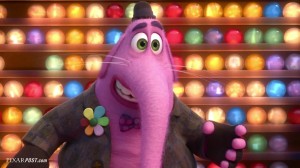
“I did not, I wish I did,” says Poehler looking me right in the eye and making me, a massive fan pee out of excitement a little. Turning the question to Docter, he talks and animates his little imaginary friend Norman: “I had a small elephant, not pink, that was in a magic car that drove up the wall.”
“I had an imaginary enemy,” Poehler says, looking around the room suspiciously whilst we roared with laughter. “He’s here, hoping I don’t do well. He knows who he is.”
As previously mentioned, the team had such a good experience at prestigious film festival, Cannes, Rivera really captured what it was like having a film not only showing but having a standing ovation afterwards. “We were so blown away to just be there and it’s such an honour to be asked to go there. Cannes is a very disconcerting audience and they spent a lot of time warning us to manage our expectations – ‘remember, they’ll boo if they don’t like it. They don’t like big American movies, they’d booed a couple of films before us and we sat there really quiet. When they applauded and like it, it was one of the great thrills we ever had.”
“It’s totally unreal but there is nowhere to go but down.” says Amy “It’s totally ruined Cannes for me. I’d never go back again. No, I’m joking, it was very special.”
Going back to the rest of the cast and the excellent voices, Amy says she couldn’t imagine herself as another emotion because she’ll only ever hear the likes of Kaling and Hader. “I could do Anger,” she says, ruminating on the question, “But it’ll be my own version. He’s my kid’s favourite character with how he misbehaves. I enjoy the comedy of Anger. He gets a lot of good lines.”
“We had a version of the film with Joy and we added them,” says Docter about whether or not he thought about other feelings. “So we were jumping forward in time and loads of characters then there was Pride who says ‘Riley should be a president’ which the others would reply, ‘she’s only 11’ and he’d go ‘Well she’s good enough!’ Then there was Hope and she was running around like ‘Ooooo I hope’ and that’s why we cut her. Anyone we felt stepped on Joy’s stuff, we got rid of.”
But every feeling here has its own place and it is important to showcase them to children because, as Docter puts it, that’s the language they speak. “If you have an argument, they have no idea it’s over a tax refund. It’s the first thing kids recognise and relate too.”
Warning, Inside Out may have a lot of joy in it but it also has sadness. There is plenty here to pull at your strings and heck, even at the screening I was in there were a few men trembling with tears. Docter is no stranger to this as Up’s infamous fifteen minute opening reduced adults to piles of sorrow. “Our editor Kevin Nolting is great with pacing and has an intuition for comedy and sadness as well as Ronnie Del Carmen – the co-director. They contributed heavily to Up and borded that sequence.”
Rivera likes to stress that a lot of visceral connection you have with the film comes from the people behind it; “Everyone – such as lighting Kim White and Michael Giacchino – asks about how the scene should feel. It’s a very rare group of people. They care.”
Speaking of caring, Amy Poehler is no stranger to promoting healthy media figures for young girls and women with her charity and website Smart Girls. When asked about her approach to Joy and this background, she happily speaks about the importance of her character; “Thank you for mentioning those two things in the same sentence,” she says to the journalist, “We deal with that kinda spirit of being inclusive and celebrating the ordinary curiosity of regular young people. There was a beautiful feeling that echoed there during filming for me and I wanted her (Joy) to feel like someone you care about and wanted to watch change. Exuberance is something you hope for with young women – unbridled energy – and Joy is not self-conscious. She doesn’t care what people don’t care about. It doesn’t change in your forties. I loved her for that and I love girls who tap into that and men and women who encourage that.”
Docter lets slip that her work with Smart Girls is what helped them pursue Poehler. “That’s what cemented it ‘We need Amy.’ We saw you answer one of the questions about body image and you were talking the same language as we were.”
Whilst Joy is the dominant driver, there are others who could easily be explored in possible sequels. “It’ll be fun to watch it become more tragic when adulthood happens. In terms of sequels, we haven’t really thought too much into it.”
“I think we should just stay with Joy,” Amy jokingly demands. “It seemed to work out pretty well. Joy goes to Europe! Joy has a Semester Abroad!”
“Joy in Space,” says a reporter wearing an amazing Mouse Rat t-shirt which prompts Amy to point it out a few times (Mouse Rat is Chris Pratt’s Andy’s band in Parks and Recreation). He then asks about how they now look at the emotion which she answer that she depicts them as the characters in the film. “Disgust and fear were a big part when I was younger – I look forward to them coming back in the Sixties. It’s good to see how everyone has a combination Angry, Joy and Saddness – you never know what anyone is going through and how someone is acting isn’t how they are feeling.”
On a final note, Docter and Rivera mention how the neuroscientists glowed when they left a screening and how, hopefully, it’ll inspire a bunch of children to get into career. Poehler says; “Neuroscientists or people who sell pizza. All are welcome including pizza sellers.”
With a lot of emotions still tinging the air as the filmmakers say their thank you’s, there is a lot within Inside Out to ponder. Make sure this weekend, you head to see Inside Out – an incredibly warming family film.








